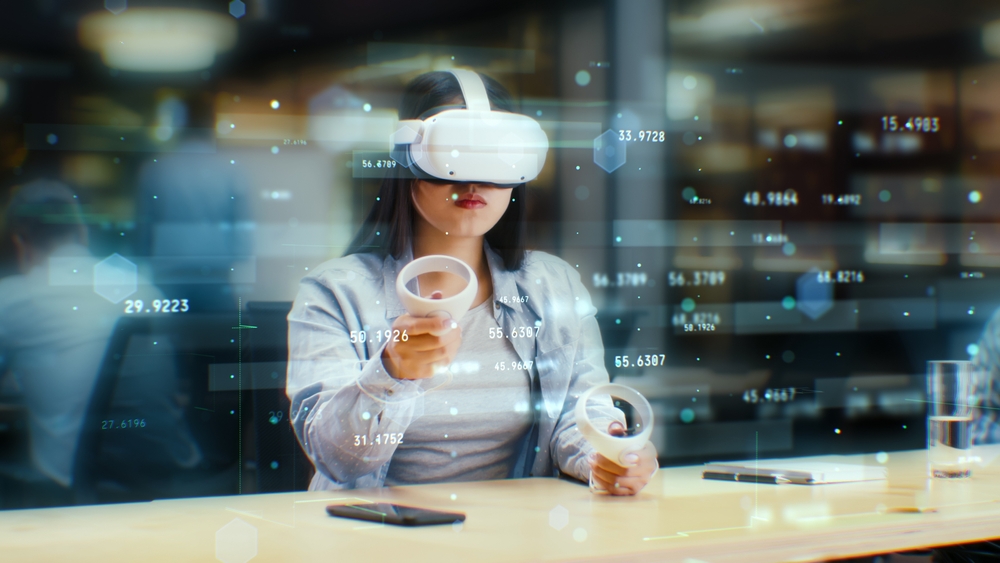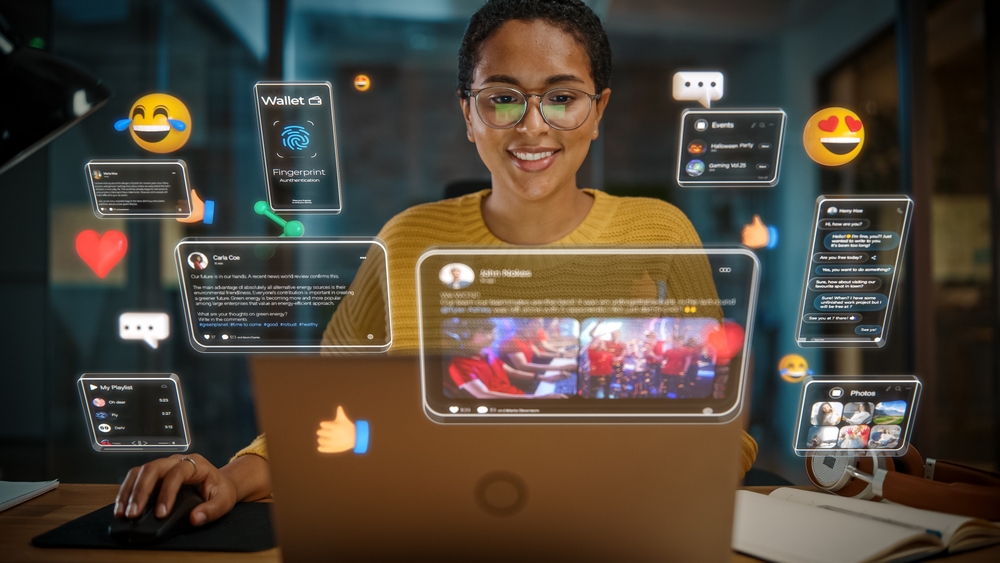How Augmented Reality and Virtual Reality Are Shaping Mobile App Development
Augmented Reality and Virtual Reality are at the forefront of mobile app development, offering new ways for businesses to engage users. These technologies go beyond traditional interfaces, creating immersive experiences that captivate audiences and drive interaction. As AR VR trends continue to evolve, developers are finding innovative applications across various sectors, from gaming to retail. With mobile technology innovations advancing rapidly, understanding how to integrate AR and VR can provide a competitive edge in today’s digital marketplace. This post will guide you through the essential aspects of AR and VR, helping you leverage these tools to enhance user engagement and business growth.## The Rise of Augmented Reality

Augmented Reality (AR) has become a game-changer in mobile app development. This technology blends digital elements with the real world, creating interactive and immersive experiences for users. Let’s explore how AR is enhancing user engagement and the latest trends in mobile technology.
Enhancing User Engagement with AR
AR technology is transforming how users interact with mobile apps, creating more engaging and interactive experiences. By overlaying digital information onto the real world, AR apps can provide users with valuable context and information in real-time.
One of the key benefits of AR in mobile apps is its ability to create personalized experiences. For example, retail apps can use AR to let customers virtually try on clothes or see how furniture would look in their homes. This level of interactivity can significantly boost user engagement and satisfaction.
AR also has the potential to improve user productivity. In industries like manufacturing and maintenance, AR apps can provide workers with step-by-step instructions overlaid on real-world objects, making complex tasks easier to understand and execute.
According to recent trends, AR is becoming increasingly popular in education and training. Mobile apps with AR features can create immersive learning experiences, helping students visualize complex concepts and interact with 3D models in ways that were previously impossible.
AR Trends in Mobile Technology
AR technology is evolving rapidly, with several exciting trends shaping its future in mobile app development. One of the most significant trends is the integration of AR with artificial intelligence (AI) and machine learning (ML).
AI-powered AR apps can adapt to user behavior and preferences, creating more personalized and intuitive experiences. For example, an AR navigation app might learn a user’s preferred routes and provide customized directions overlaid on the real world.
Another important trend is the development of AR cloud technology. This allows multiple users to share AR experiences in real-time, opening up new possibilities for collaborative work and social interactions in augmented spaces.
Mobile developers are also focusing on improving AR performance and reducing battery drain. As AR becomes more widespread, optimizing these apps for various device capabilities and ensuring smooth performance will be crucial for user adoption.
Lastly, we’re seeing a growing interest in AR for marketing and advertising. Brands are using AR to create interactive ads and product demonstrations, allowing users to engage with products in new and exciting ways through their mobile devices.
Virtual Reality’s Impact

Virtual Reality (VR) is another technology that’s making waves in mobile app development. Unlike AR, which enhances the real world, VR creates entirely immersive digital environments. Let’s look at how VR is trending in mobile app development and boosting user interaction.
VR Trends in Mobile App Development
Virtual Reality is pushing the boundaries of what’s possible in mobile app development, creating entirely new categories of applications and experiences. One of the most exciting trends is the increasing accessibility of VR technology on mobile devices.
With the development of more affordable VR headsets that work with smartphones, VR apps are becoming more mainstream. This is opening up new opportunities for developers to create immersive games, educational experiences, and virtual tours.
Another significant trend is the integration of haptic feedback in VR apps. This technology allows users to feel sensations that correspond to their virtual experiences, adding another layer of immersion.
We’re also seeing a rise in social VR apps, which allow users to interact with each other in virtual spaces. These apps are creating new forms of social interaction and collaboration, particularly valuable in remote work and education settings.
Boosting User Interaction with VR
VR technology offers unique ways to boost user interaction in mobile apps. By creating fully immersive environments, VR can engage users on a level that traditional apps can’t match.
One of the key advantages of VR is its ability to create presence – the feeling of actually being in a virtual environment. This can lead to deeper emotional connections and more memorable experiences for users.
VR also excels at providing interactive learning experiences. For example, medical training apps can allow students to practice procedures in a realistic virtual environment without any real-world risks.
In the entertainment sector, VR is revolutionizing how users interact with content. From 360-degree videos to fully interactive virtual worlds, VR apps are offering new ways for users to consume and engage with media.
Lastly, VR is proving valuable in therapy and mental health applications. By creating controlled virtual environments, these apps can help users confront phobias, practice mindfulness, or work through anxiety in safe and supportive settings.
